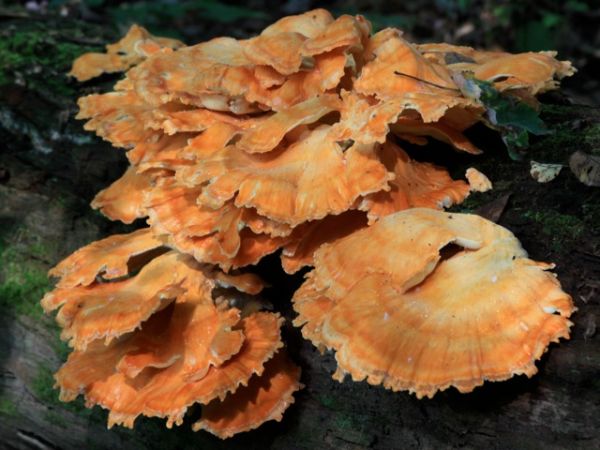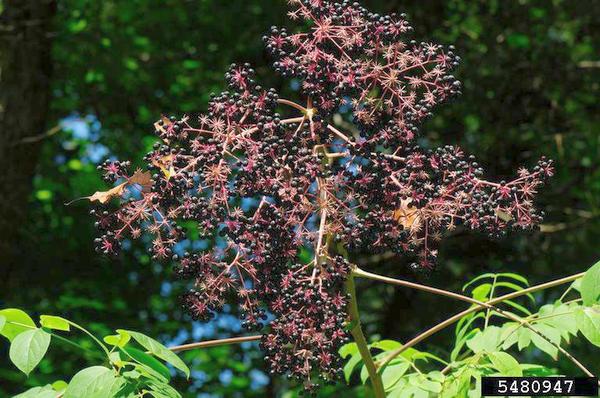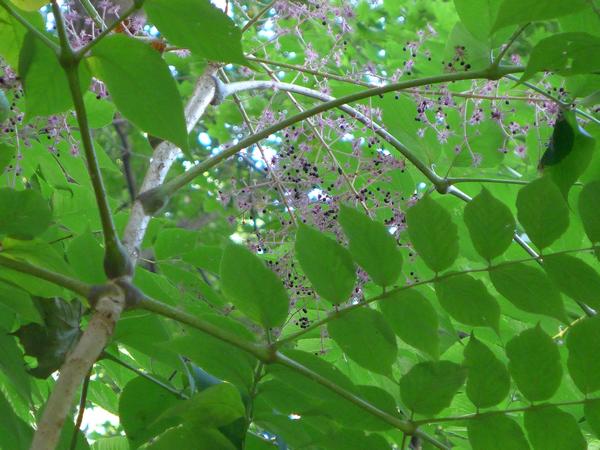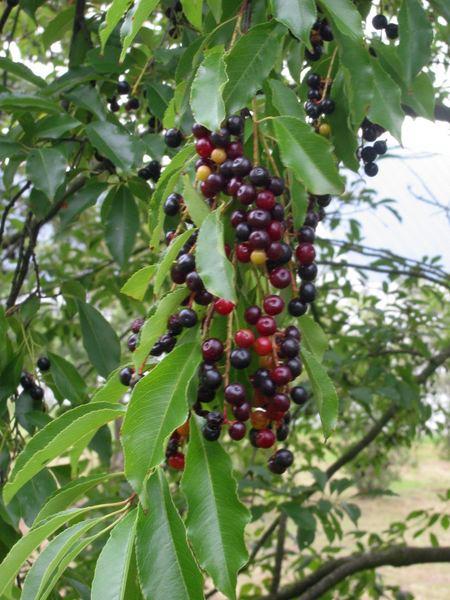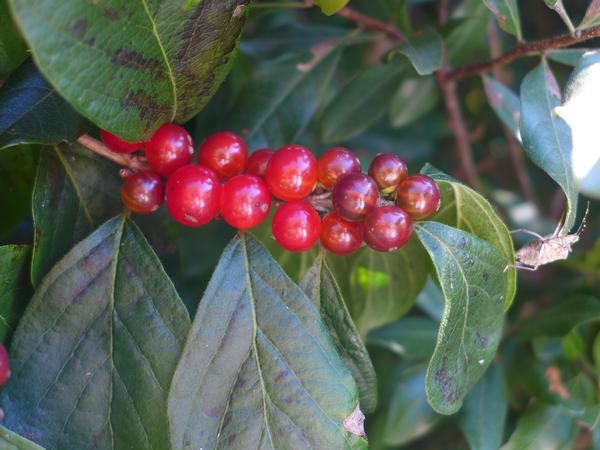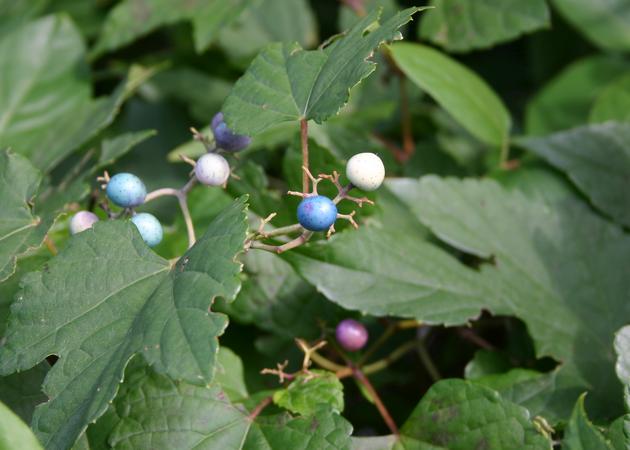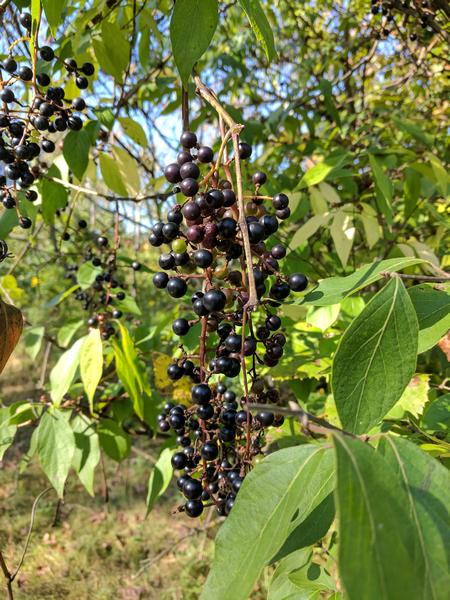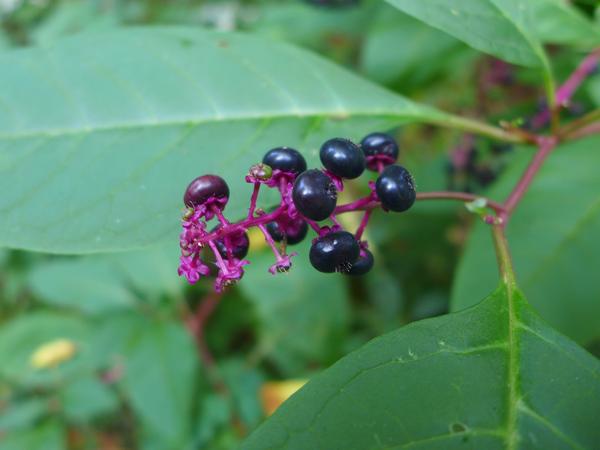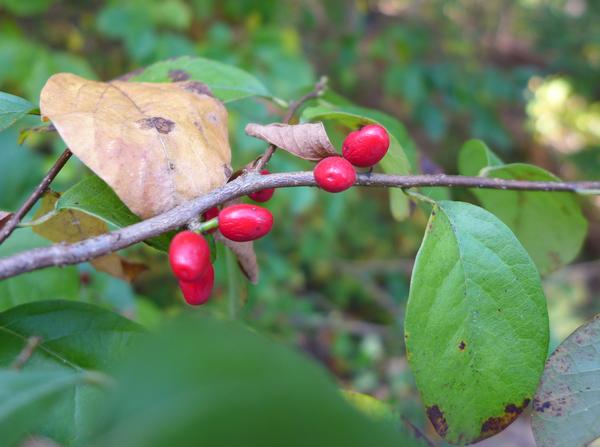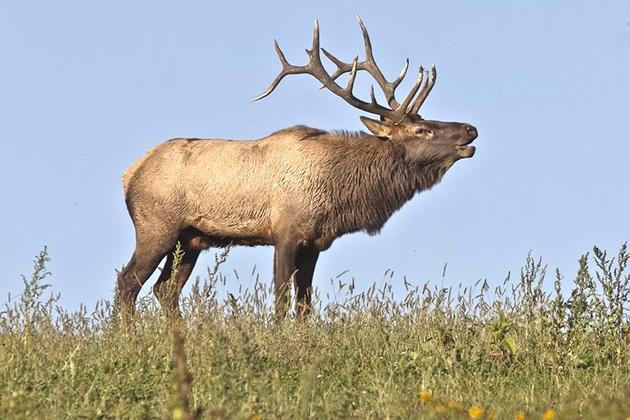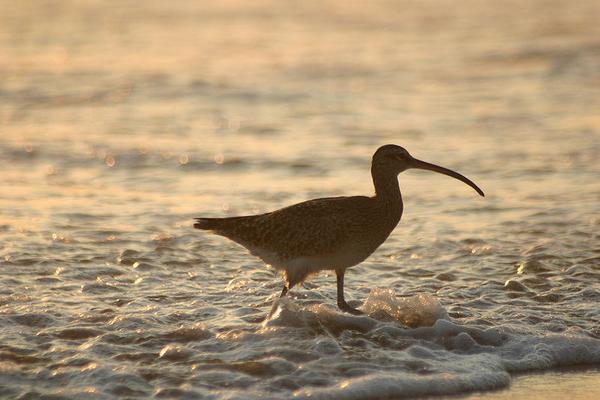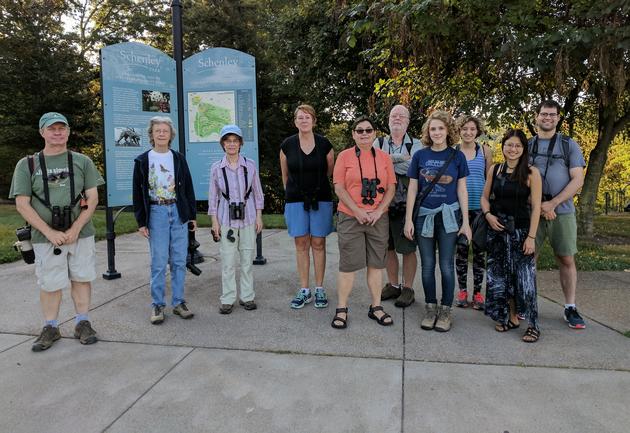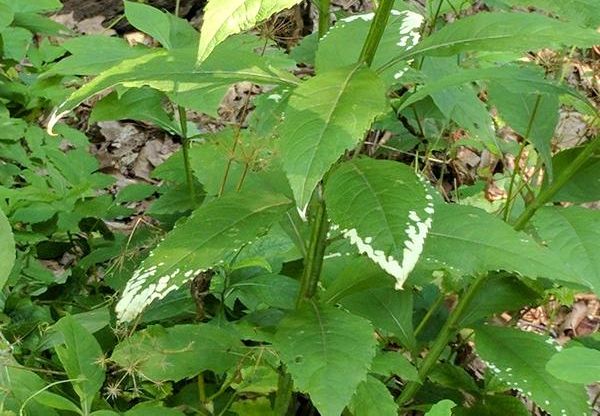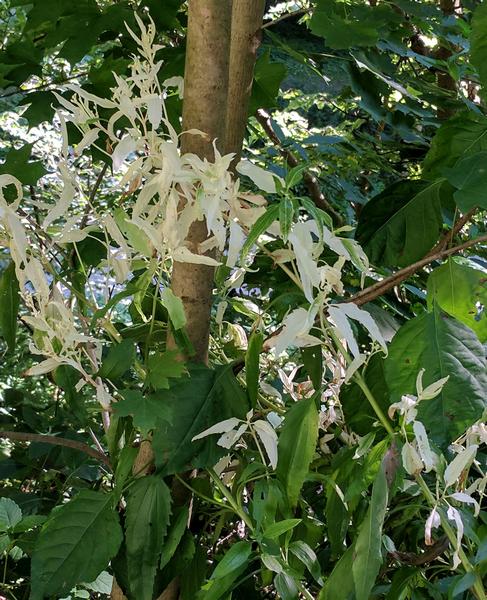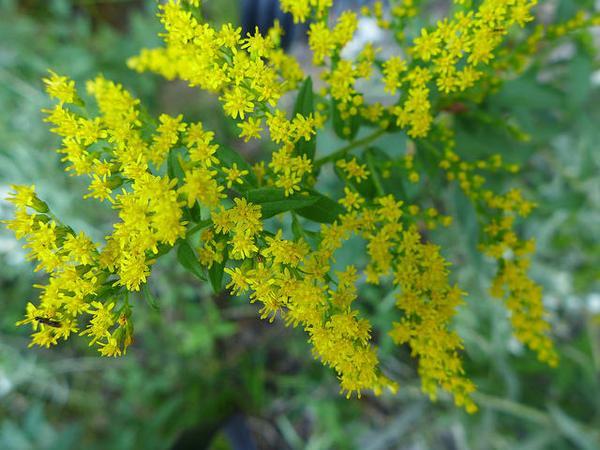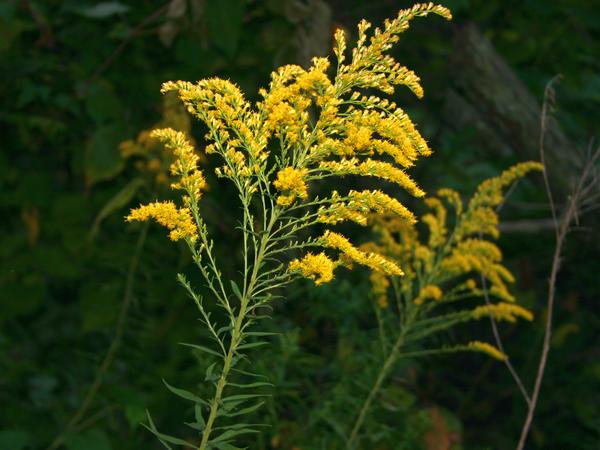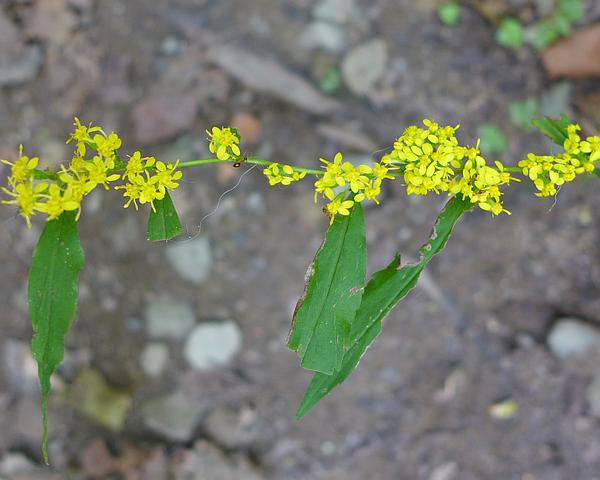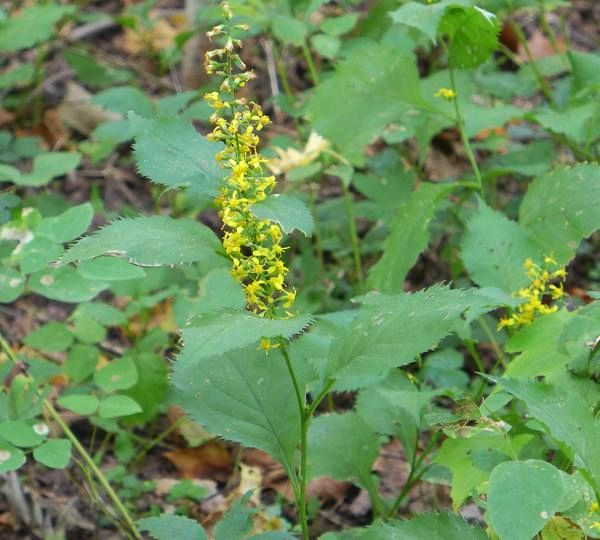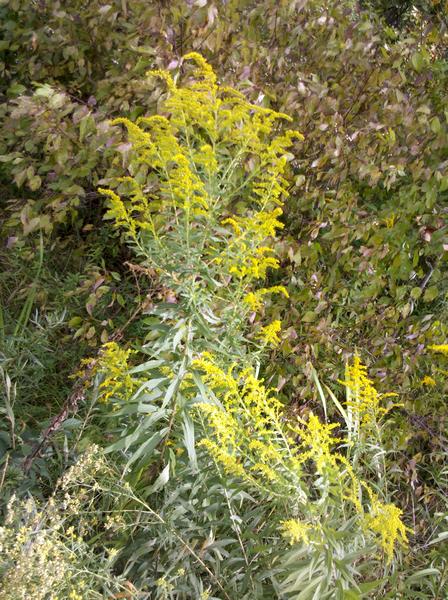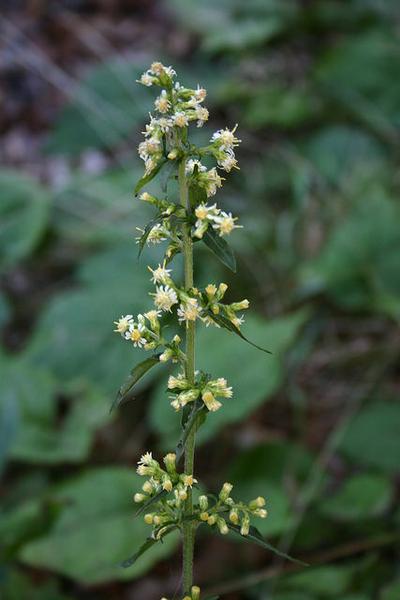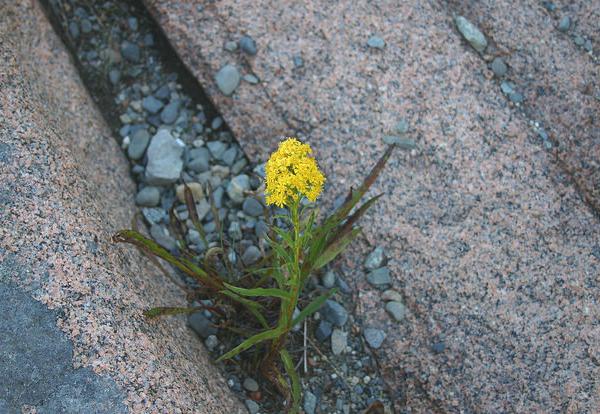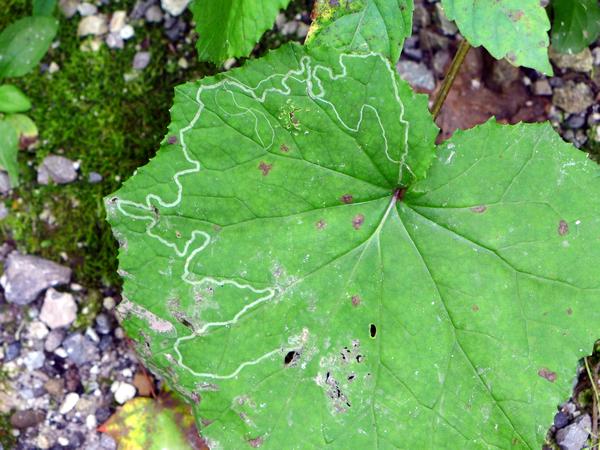
Autumn is a good time to look for unusual leaves. They used to be boring until something happened to them. Like this.
There’s an elaborate squiggle on this coltsfoot leaf (Tussilago farfara) made by a leaf miner, an insect larva that makes a path as it eats within the leaf tissue. Eventually the larva settles down to pupate and the path comes to an end. When the adult insect hatches it leaves a hole.
What makes these lines? I had no idea until I googled “leaf mine on coltsfoot”and found the answer. A blogger at Nature Post collected similar coltsfoot leaves, put them in jars, and waited for the adult insects to appear. It turns out his leaf mines were made by tiny moths called Phyllocnistis insignis.
This photo of the moth, embedded as a link from bugguide.net, was taken by John Rosenfeld in Allison Park, Allegheny County, in 2015.
(top photo by Kate St. John, embedded photo by John Rosenfeld; click on the caption to see the original)

